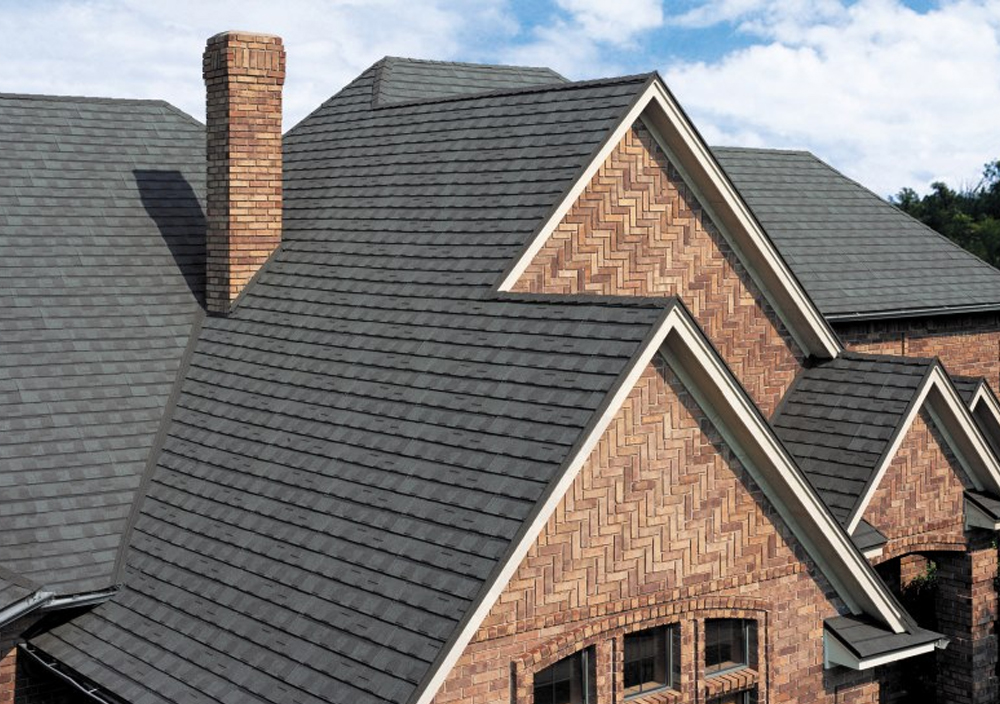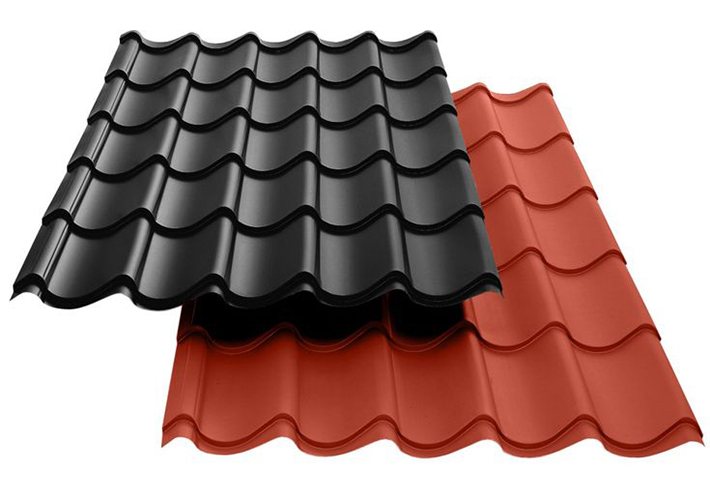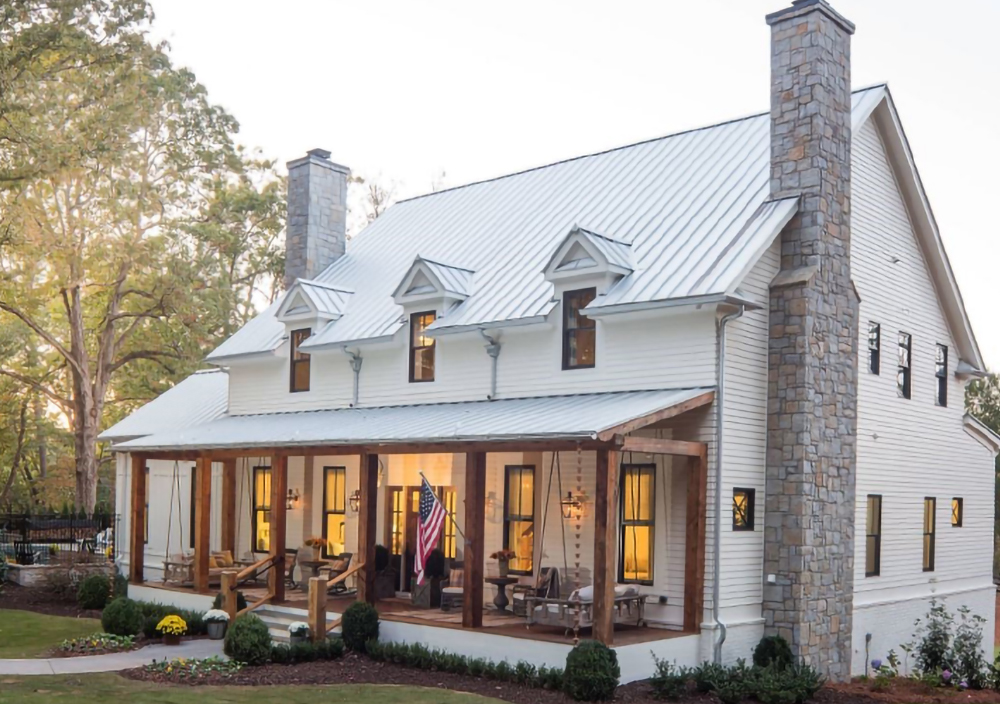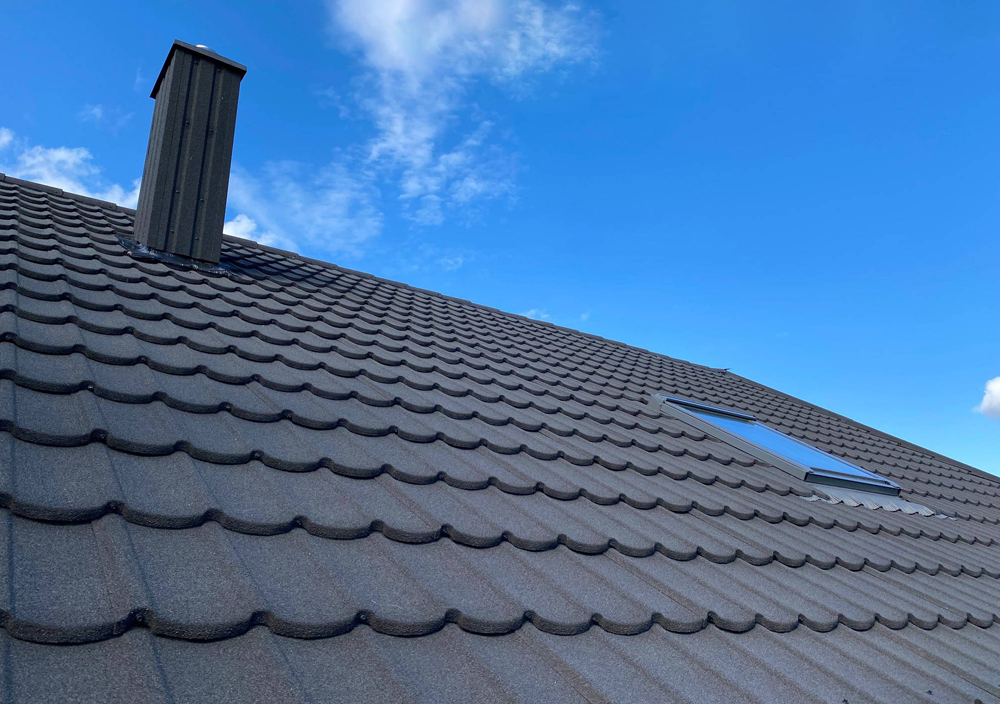Screws come in various dimensions, tailored for specific applications. Understanding these dimensions and their corresponding uses is essential for selecting the right screw for a given task. Here’s an overview:

1. Length
- Definition: The length of a screw is measured from the point to the underside of the head (for screws with flat or countersunk heads) or from the point to the top of the head (for screws with rounded or raised heads).
- Selection Criteria:
- Short Screws (1/4 inch to 1 inch): Typically used for light-duty tasks where the material being fastened is thin, such as attaching metal brackets to wood or assembling small parts.
- Medium-Length Screws (1 to 3 inches): Common in general-purpose woodworking and construction projects, such as securing two pieces of wood together or attaching trim.
- Long Screws (3 to 6 inches and beyond): Used in heavy-duty construction, such as securing large beams, attaching thick pieces of wood, or anchoring objects to walls.
2. Diameter (Gauge)
- Definition: The diameter of a screw, often referred to as its gauge, is a measure of its thickness. Larger gauge numbers correspond to thicker screws.
- Common Gauges:
- #0 to #4 (Small Diameter): Used in delicate tasks like electronics, small fixtures, or crafting.
- #6 to #10 (Medium Diameter): Standard for household and construction use, ideal for attaching wood, metal, and other common materials.
- #12 to #24 (Large Diameter): Reserved for heavy-duty applications like lag screws, which are used to fasten large structural components.
3. Thread Pitch
- Definition: Thread pitch is the distance between threads, measured in threads per inch (TPI) for imperial screws or millimeters for metric screws.
- Types of Threads:
- Coarse Threads: These have fewer threads per inch (e.g., 10 TPI). They are designed to bite into softer materials like wood and plastic, providing a stronger grip. They also work well in materials that expand and contract, as coarse threads are less likely to strip.
- Fine Threads: These have more threads per inch (e.g., 24 TPI) and are better suited for harder materials like metal. Fine threads allow for more precise adjustments and are less likely to back out due to vibration.
- Twin Threads: Some screws, like drywall screws, have dual or twin threads, where two threads run parallel to each other. This design increases the speed of installation and provides additional holding power.
4. Head Type
- Detailed Head Types:
- Flat Head: Sits flush with the material’s surface when fully driven in. Used when a smooth, level surface is needed, such as in cabinetry or door hinges.
- Round Head: Protrudes above the surface and is often used where a decorative appearance is desired or where a flush surface isn’t necessary.
- Oval Head: A combination of flat and round heads, offering a partially countersunk finish. It’s often used in hardware applications.
- Pan Head: Similar to round heads but with a flatter profile. Used in general applications where the head of the screw needs to sit on the surface.
- Truss Head: Has an extra-wide, slightly rounded head, providing a large surface area to prevent pull-through in soft materials.
- Hex Head: Has a six-sided head used with a wrench or socket. Common in heavy-duty applications like construction and automotive work.
- Socket Head: Cylindrical with a hexagonal recess for an Allen wrench. Used in precision machinery and high-strength applications where a strong, compact head is required.
5. Drive Type
- Detailed Drive Types:
- Slotted Drive: A simple, single slot that accommodates a flat-head screwdriver. It’s prone to slipping and stripping under high torque, making it less common in modern applications.
- Phillips Drive: A cross-shaped drive that allows for better centering of the screwdriver and reduces the risk of slippage. It’s widely used in general-purpose applications.
- Pozidriv Drive: An improved version of the Phillips drive, with additional lines that provide extra grip and reduce cam-out (slipping).
- Torx Drive: Star-shaped with six points, designed to provide higher torque without slipping. Common in automotive and electronic industries.
- Hex Drive: Uses a hexagonal recess for an Allen wrench or hex key, offering excellent torque control and a secure grip.
- Robertson Drive: A square-shaped drive that provides a tight fit and high torque without cam-out, commonly used in woodworking and construction in Canada and the US.
6. Material
- Material Properties:
- Steel (Carbon and Alloy):
- Plain Steel: Most common for general-purpose screws, often zinc-coated for rust resistance.
- Hardened Steel: Used in high-strength applications where the screw must endure high stress.
- Stainless Steel: Offers excellent corrosion resistance and is ideal for outdoor or moisture-prone environments. Common in marine applications and outdoor structures.
- Brass: Soft and corrosion-resistant, used in decorative or low-strength applications where appearance is important.
- Aluminum: Lightweight and resistant to corrosion, used where weight is a concern, such as in aircraft and automotive industries.
- Plastic: Used in non-conductive applications, such as electronics or environments where metal screws would corrode.
- Silicon Bronze and Copper: Used in marine applications due to their high corrosion resistance.
- Steel (Carbon and Alloy):
Common Screw Uses by Specific Applications:

- Wood Screws:
- Details: Feature a tapered shaft, sharp tip, and coarse threads. Often used for carpentry, joinery, and furniture assembly.
- Examples: Attaching two pieces of wood, installing hinges, and assembling furniture.
- Machine Screws:
- Details: Have a uniform diameter along the shaft and are designed for use with a nut or tapped hole.
- Examples: Securing metal parts, assembling machinery, and fastening components in electronics.
- Sheet Metal Screws:
- Details: Sharp, pointed tip and threads designed to cut into sheet metal or other thin materials.
- Examples: Attaching metal panels, securing ductwork, and fastening plastic components.
- Lag Screws:
- Details: Large, heavy-duty screws with coarse threads, typically used with a pilot hole.
- Examples: Attaching heavy timbers, securing deck framing, and mounting large equipment.
- Self-Tapping Screws:
- Details: Designed to cut their own threads in metal, plastic, or wood, eliminating the need for a pre-drilled hole.
- Examples: Securing metal sheets, assembling plastic components, and general-purpose fastening.
- Drywall Screws:
- Details: Feature a sharp point, fine threads for metal studs, or coarse threads for wood studs, and a bugle-shaped head that prevents tearing the drywall paper.
- Examples: Installing drywall to wooden or metal studs, attaching drywall to ceilings, and hanging drywall over existing walls.
- Concrete Screws:
- Details: Feature hardened steel with a special thread pattern that cuts into concrete, masonry, or brick.
- Examples: Attaching furring strips to concrete walls, mounting electrical boxes to brick walls, and securing railing posts in concrete.
- Deck Screws:
- Details: Coated for corrosion resistance and designed to resist splitting the wood. They often have a self-countersinking head.
- Examples: Building decks, attaching railings, and securing outdoor furniture.
- Masonry Screws:
- Details: Designed with a special thread for penetrating hard materials like concrete, stone, and brick without pre-drilling.
- Examples: Mounting fixtures to brick walls, securing signs to concrete, and installing outdoor lighting.
- Trim Screws:
- Details: Thin, small-diameter screws with fine threads and a small, often decorative, head. Designed for minimal visual impact.
- Examples: Securing baseboards, crown molding, and window trim.
Special Considerations:

- Corrosion Resistance: In outdoor or moisture-prone environments, stainless steel or coated screws are preferable to prevent rust and corrosion.
- Strength and Load-Bearing Capacity: For heavy loads or structural applications, lag screws, or hardened steel screws should be used.
- Compatibility with Materials: Some screws are designed specifically for certain materials, such as wood, metal, or plastic. Using the wrong type can lead to failure or damage to the material.
By understanding the specific details of screw dimensions and their appropriate uses, you can ensure that your projects are completed with the right tools for the job, leading to better performance, durability, and safety.





